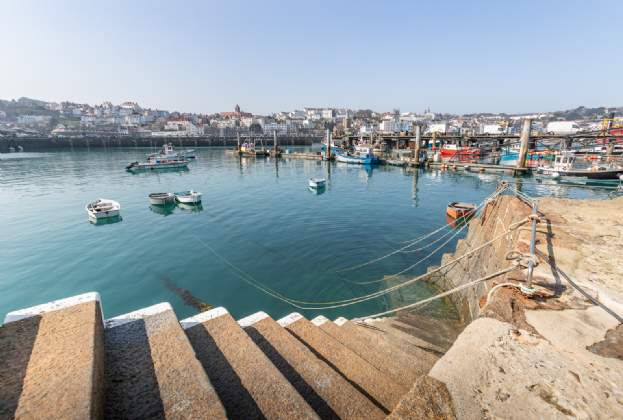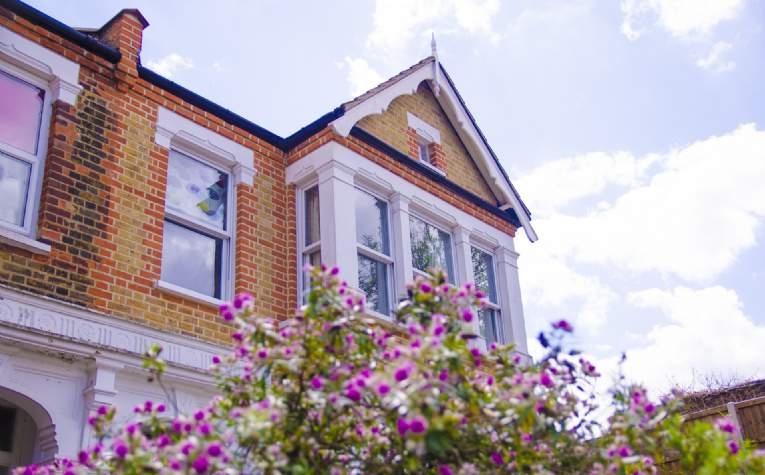The second largest of the Channel Islands, Guernsey is a beautiful, cosmopolitan place to live, with a gloriously diverse landscape. But here are 10 things about the island that you might not know.
- It is possible to walk Guernsey’s circumference in a day. It is less than 10km across and has an area of 62 sq km, with a population of more than 65,000 people.
- Guernsey is not part of the UK. It is a self-governing British Crown dependency with its own government (the States of Guernsey), its own parliament and its own laws.
- Guernsey’s tidal range of 33 ft is one of the largest in the world and transforms the coastline every six hours or so. This is due to the island’s location in the Bay of St Malo, which has the highest tides in Europe.
- All of the island’s postboxes are blue – apart from one in St Peter Port, which is Britain’s oldest postbox still in use. Guernsey also issues its own stamps, the first of which were printed in 1941 during the German occupation, when there were no British stamps left on the island.
- French poet and novelist Victor Hugo moved to the island in 1855 after being exiled from France for opposing Napoleon III. He lived at Hauteville House in St Peter Port between 1856 and 1870 and he wrote some of his most celebrated works there, including Les Misérables. Hugo’s fascinating house, which includes an impressive glass writing room, is one of the island’s most popular attractions.
- Jersey and Guernsey operate as separate ‘bailiwicks’, or states, governed by bailiffs. As well as the island of Guernsey itself, several smaller islands and islets come under the bailiwick of Guernsey, including the inhabited islands of Alderney, Sark and Herm, as well as privately owned islands such as Jethou and Brecqhou.
- The £1 note is still in use in Guernsey, nearly 30 years after it was removed from circulation in England. The island prints its own banknotes but it is not a separate currency, just a local issue of Sterling.
- The Channel Islands were the only parts of the British Isles which were invaded and occupied by German forces during the Second World War. Every year, on May 9, Guernsey celebrates its liberation from occupying forces.
- Although Guernsey is rich in wildlife you won’t find any squirrels, foxes or badgers as they never made their way across the English Channel. However – depending on the time of year – the island is home to puffins, grey seals and dolphins.
- Guernsey was once two separate islands: a tidal channel, called La Braye du Valle, made the northern extremity of Guernsey, Le Clos du Valle, a tidal island. However in 1806, La Braye du Valle was drained and reclaimed by the British Government as a defence measure. The former channel became the town and harbour of Saint Sampson from 1820 and it is now the second biggest port in Guernsey.
Residential Director Nick Paluch will be giving an update on the Guernsey property market at Locate Guernsey’s Relocate to Guernsey Show happening on 3 October at St Paul’s in London.
(4).jpg)

(1)(1).jpg)
(1).jpg)
.jpg)
.jpg)
.jpg)
.jpg)
.jpg)
.jpg)
.jpg)
(2).jpg)
(2)(1).jpg)
.jpg)
.jpg)
.jpg)
.jpg)

.jpg)
(1)(1).jpg)
.jpg)

(1)(2).jpg)